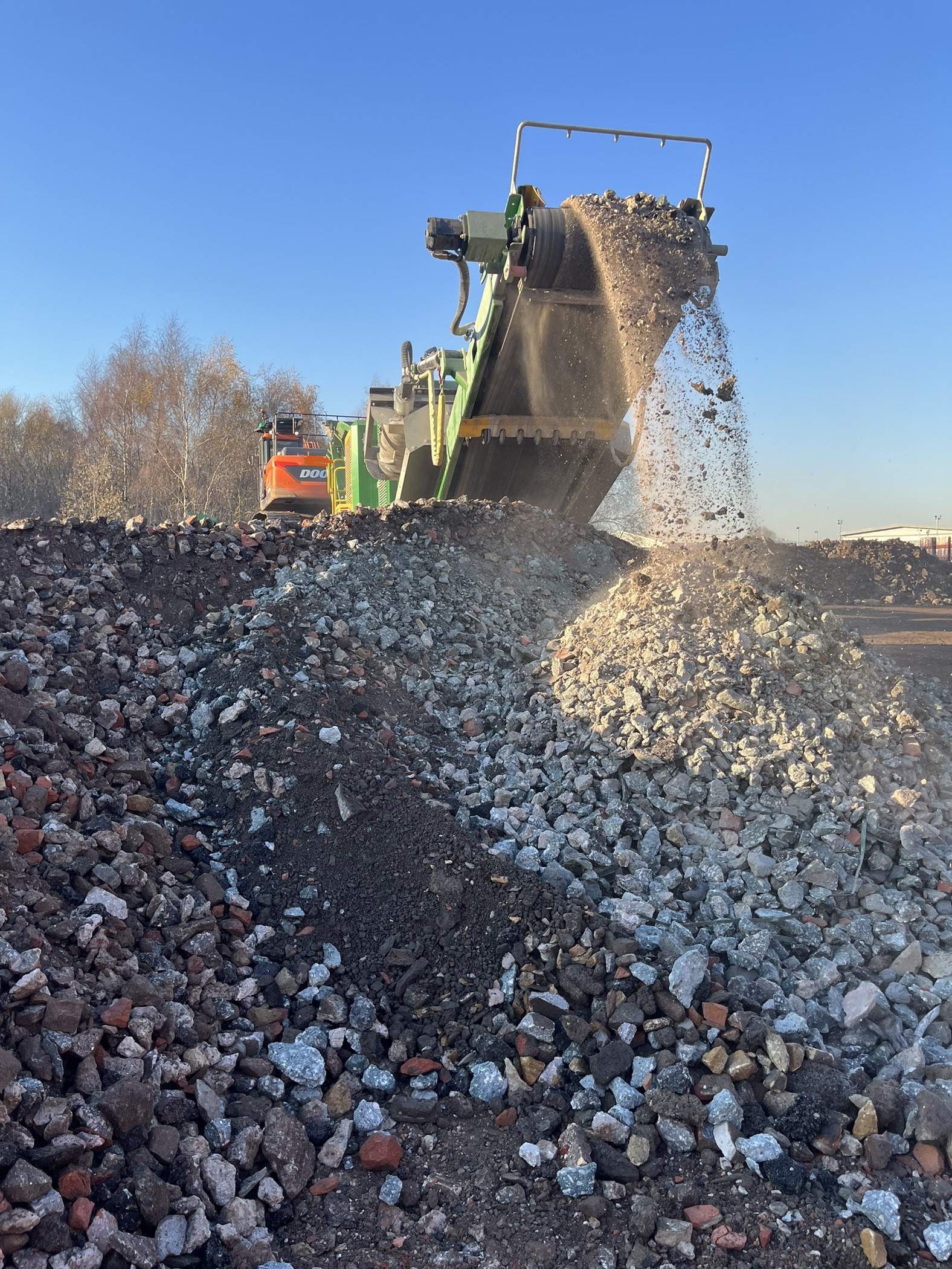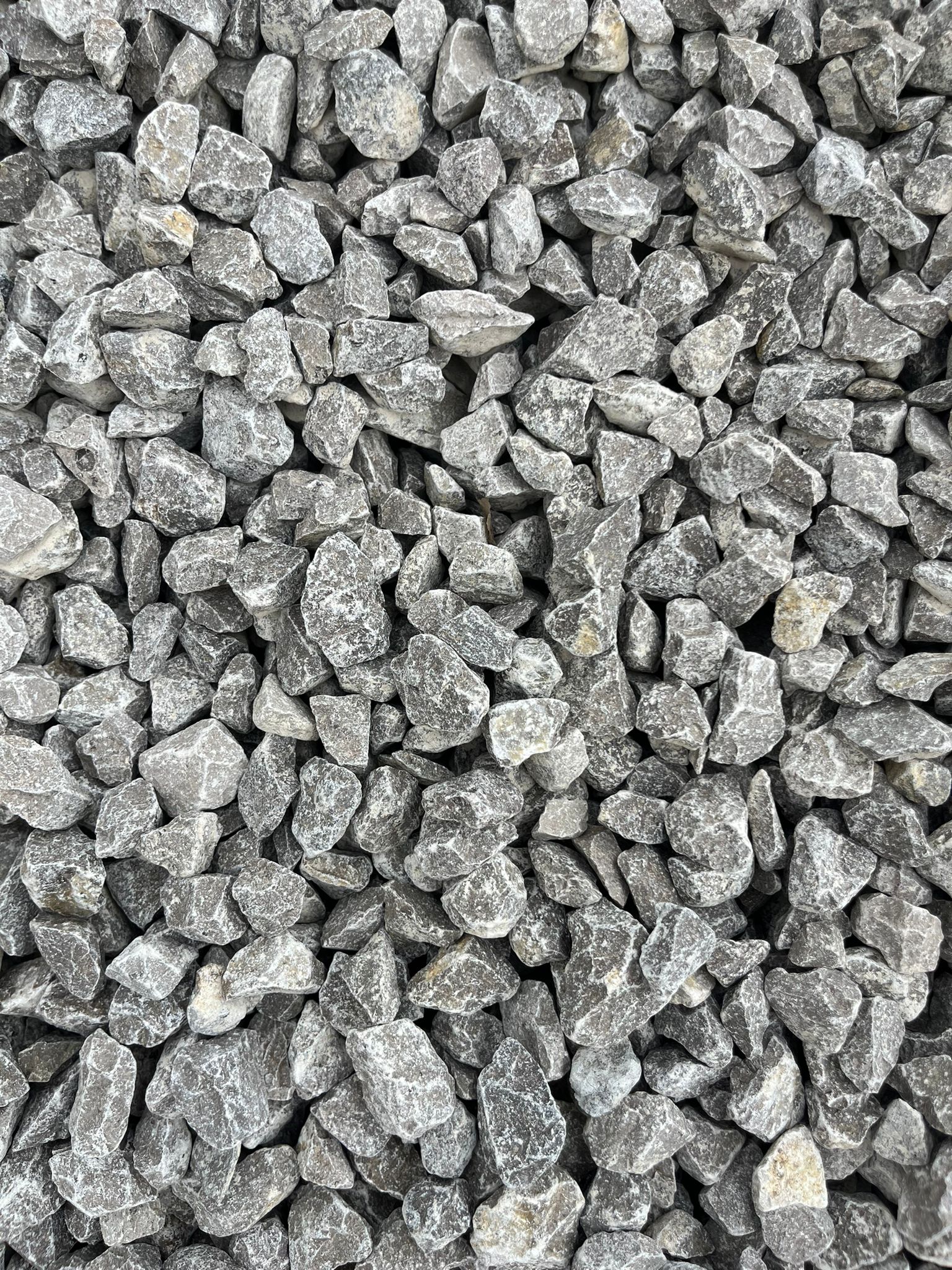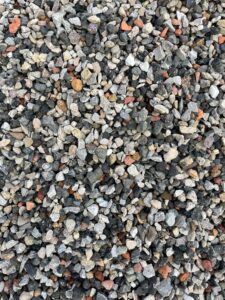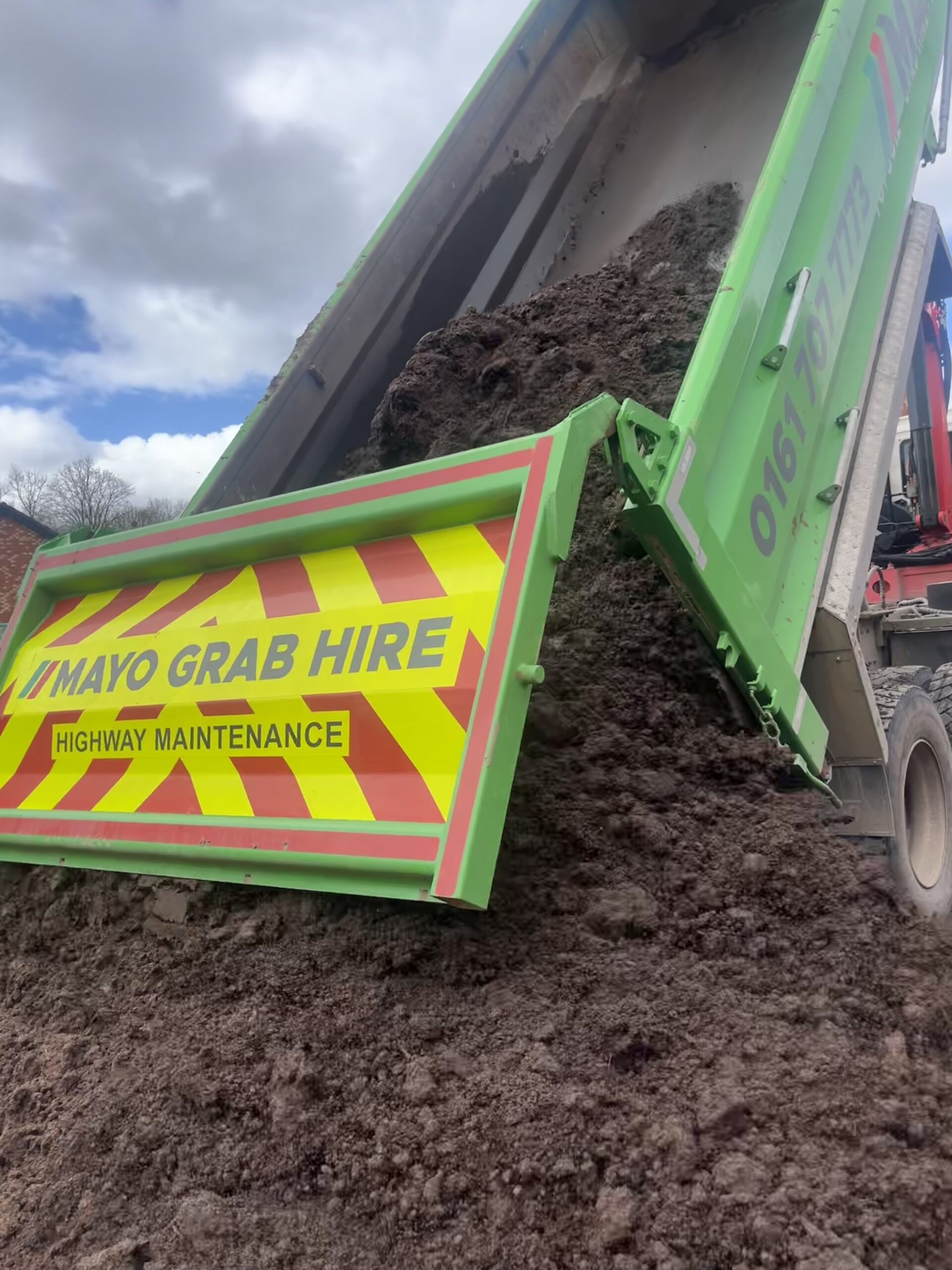
Menu

Drainage is an essential aspect of any construction project, whether it’s a new home, a commercial building, or a landscaping project. One of the most effective ways to improve drainage is by using drainage aggregates.
Drainage aggregates are materials that can be used in various ways to facilitate water drainage efficiently.
In this Mayo Stone blog post, we will guide you through the various types of drainage aggregates that are available and help you choose the best option for your project.
We will cover everything from the different types of aggregates, their properties, and how they can be used to improve drainage and protect your property. Whether you’re a homeowner on a DIY project, contractor, or landscaper, this guide will provide you with valuable information to help you make the right choice for your next project.

Drainage aggregates are often used to improve the drainage properties of different sublayers. They are typically used in a variety of drainage applications, such as French drains, drainage swales, and in the construction of driveways and walkways. Drainage aggregates can be used to:
Improve the permeability of soil: Drainage aggregates, such as crushed granite, pea gravel, or limestone, increase the amount of space in the soil, allowing water to flow through more easily and efficiently.
Increase the capacity of drainage systems: Drainage aggregates can be used to increase the capacity of drainage systems, such as French drains, by allowing water to flow through more quickly.
Prevent erosion: Drainage aggregates can be used to prevent erosion by slowing down the flow of water and reducing the impact of runoff.
Control water levels: Drainage aggregates can be used to control water levels by directing water away from structures just as buildings and walls and into a drainage system.
Decorative purposes: Some drainage aggregates such as pea gravel, river rock, and lava rock can be used to improve the aesthetic of an area and can be used as a decorative landscaping element and not just drainage.
Neutralize soil acidity: Limestone is a natural rock that is quarried and crushed for use in drainage applications. It neutralizes acidity in the soil.
Overall, Mayo Stone drainage aggregates are an important tool in controlling water and preventing damage to structures and landscapes. They also provide stability and a stable foundation for walkways and driveways.
There are several types of drainage aggregates that can be used to improve the ability of soil to drain water, including:
Crushed stone: This is a durable and long-lasting option that is resistant to erosion. It is typically available in sizes ranging from 6mm to 20mm and can be used for a variety of drainage applications. Crushed stone is often used in French drains and other subsurface drainage systems.
Pea gravel: Is a small, smooth stone that is easy to work with and can be used for a variety of drainage applications. Pea gravel is typically available in sizes ranging from 10mm to 20mm and can be used for surface drainage systems, such as drainage swales, and in the construction of walkways and driveways.
Limestone: Is a natural angular rock that is quarried and crushed and sieved to size for use in drainage applications. It is strong and durable, and it neutralizes acidity in the soil. Limestone is typically available in sizes ranging from 10mm to 50mm and can be used in subsurface drainage systems, such as French drains, and in the construction of walkways and driveways.
Recycled: Is an eco friendly and sustainable alternative to quarried virgin drainage aggregates such as 10mm Limestone or 20mm Grit Stone pipe bedding for example. Our washed recycled aggregates are produced from recovered construction, demolition, utility and highway waste such as concrete, brick and tarmac. We care for our environment and committed to achieving a circular economy and our washed recycled aggregates range is becoming ever more popular such as our 10mm & 20mm recycled pipe bedding.
Picking the best drainage aggregate for your project depends on several factors. Here are some things to consider when choosing the best drainage aggregate for your project:
Site conditions: Consider the slope of the area and the type of soil. For example, if the area has a high-water table or is prone to flooding, a drainage aggregate that is more permeable, such as crushed stone or pea gravel, would be a better choice.
Intended use: Consider the specific use of the drainage aggregate. For example, if the drainage aggregate will be used in a subsurface drainage system, such as a French drain, a larger aggregate, such as 20mm, would be a better choice. On the other hand, if the drainage aggregate will be used for surface drainage, such as a drainage swale, a smaller aggregate, such as 10mm or pea gravel, would be a better choice.
Budget: Consider the cost of the drainage aggregate and how it fits into the overall budget of the project. Some aggregates such as lava rock and river rock are more expensive than others such as pea gravel and crushed granite, our range of eco friendly recycled washed aggregates are fantastic for projects on a budget!
Aesthetics: Some drainage aggregates, such as pea gravel and river rock, can also be used for decorative purposes. If this is a concern for your project, consider how the aggregate will look and how it will fit into the overall design of the area.
Neutralize soil acidity: Limestone is a natural rock that is quarried and crushed for use in drainage applications. It neutralizes acidity in the soil. If you have acidic soil, this might be a good option for your project.
When choosing a drainage aggregate, it’s important to consider the specific site conditions, the intended use, and the budget. Consulting with a civil engineer or a drainage expert can help you make the best choice for your project.
In conclusion, drainage aggregates are essential tools in controlling water and preventing damage to structures and landscapes and sometime we take good drainage for granted! They provide stability and a stable foundation for walkways and driveways. These aggregates come in different types and sizes, and it’s important to consider the specific needs of your project before making a choice.
Call our friendly knowledgeable Mayo Stone aggregates team today on 0161 707 7773.





